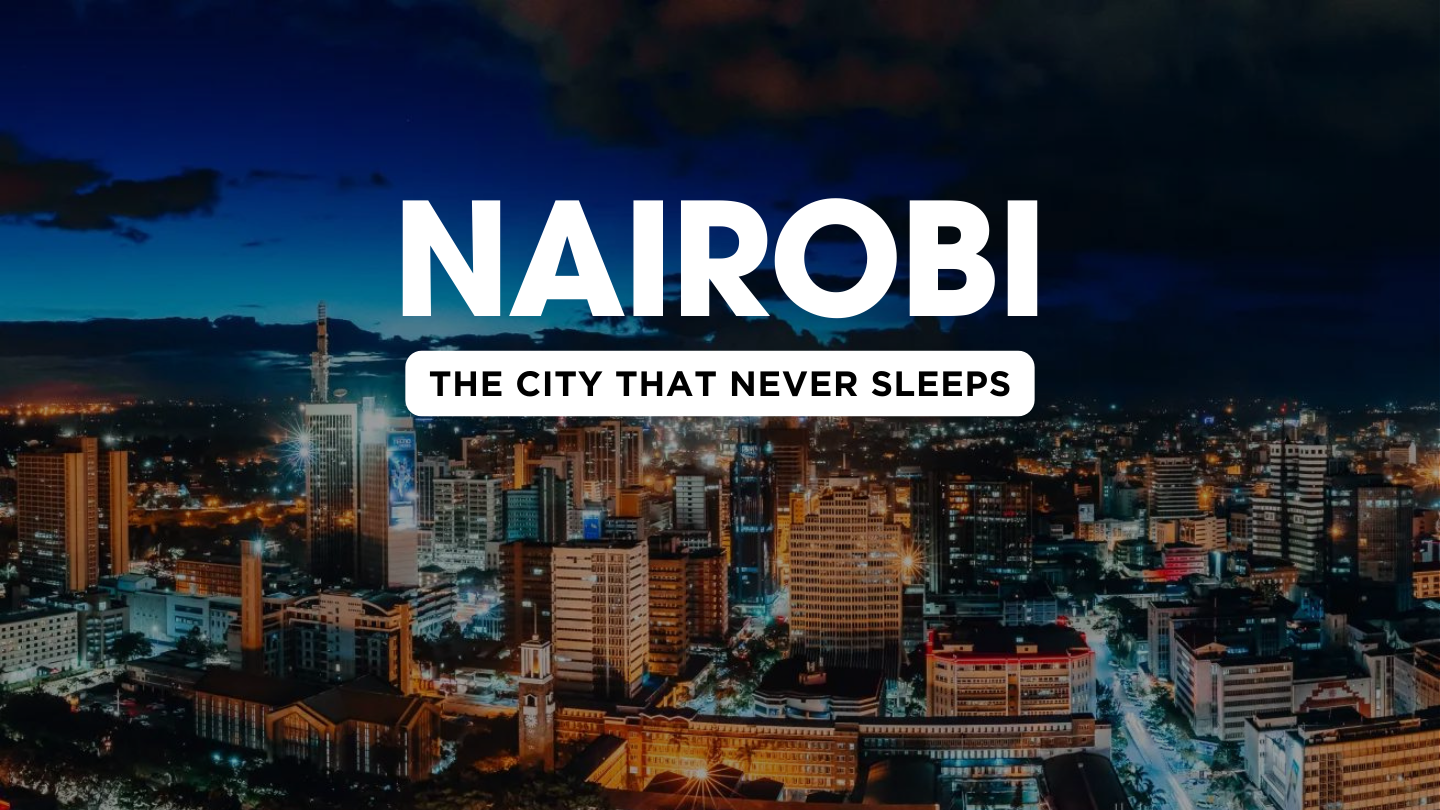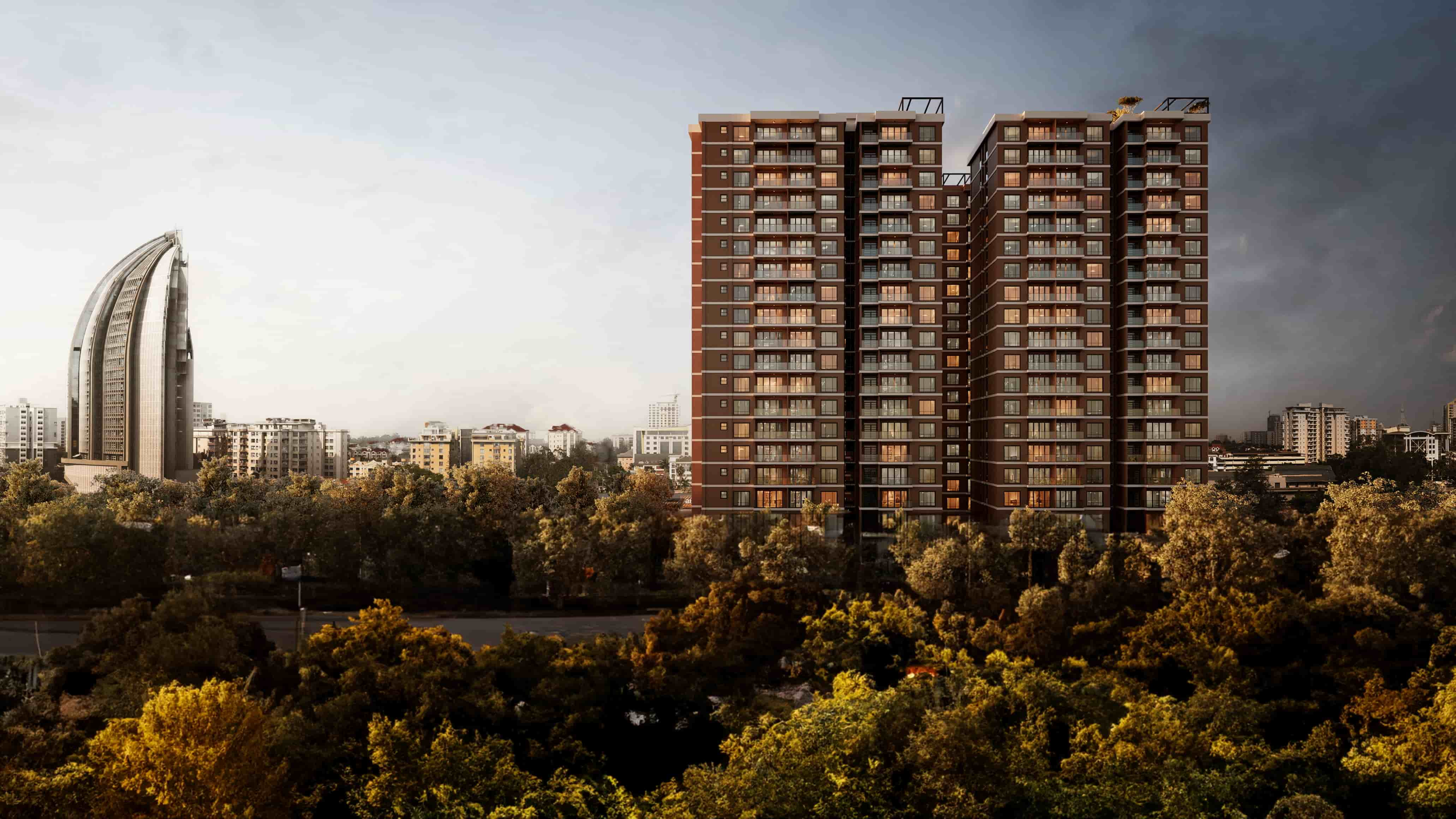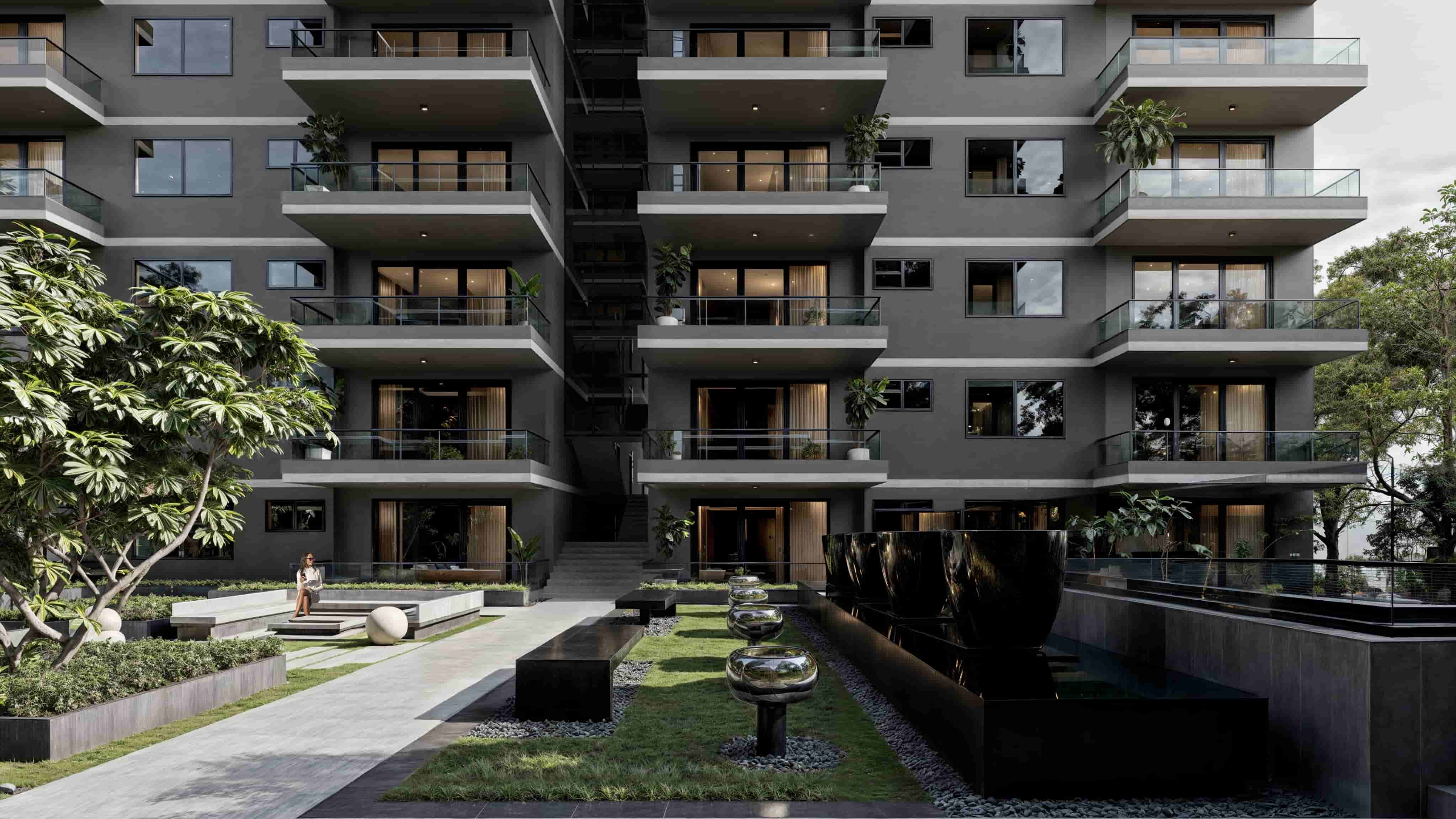
In recent years, Nairobi has undergone a remarkable transformation fuelled by a surge in population growth. According to the United Nations – World Population Prospects data, the metropolitan population of Nairobi saw a steady rise over the years, indicating a consistent pattern of growth. In 2020, the population stood at 4,735,000, marking a 3.93% increase from the previous year. By 2021, the population had further risen to 4,922,000, with a similar increase rate of 3.95% compared to 2020. This growth trend continued into 2022, with the population reaching 5,119,000, reflecting a 4% increase from the previous year. In 2023, the population increased to 5,325,000, representing a 4.02% increase from 2022. As of 2024, the metropolitan population of Nairobi has reached 5,541,000, showcasing a 4.06% increase from the preceding year.
This rapid demographic shift signifies a changing urban landscape in Nairobi. The implications of such rapid population growth are far-reaching. According to the sector plan for population urbanization and planning, sustaining economic growth amidst this demographic rise requires a growth rate three times that of the population. However, the current reality is that the rapid increase in population size is exerting significant pressure on economic opportunities, social amenities, and natural resources.
Urbanization, a byproduct of this population boom, presents both opportunities and challenges. One of the most pressing challenges is the soaring demand for housing and associated infrastructure. The demand for housing in Kenya today stands at an estimated annual rate of over 240,000 housing units, according to a report by the State Department for Economic Planning. This increase in demand has spurred intense activity within the real estate sector, with developers scrambling to meet the needs of Nairobi's burgeoning population.
The rapid urbanization of Nairobi has led to a shift in housing preferences and patterns. As more people migrate to urban centers in search of better opportunities, there is a growing demand for affordable housing solutions. This has prompted developers to focus on the construction of mixed-use developments, high-rise apartments, and affordable housing units to cater to the needs of the growing urban population.
Furthermore, the influx of people into Nairobi has also spurred the development of satellite towns and peri-urban areas. These areas, once overlooked, are now witnessing a surge in real estate development as developers seek to capitalize on the demand for housing outside the city center. This trend not only addresses the housing needs of Nairobi's expanding population but also contributes to the decentralization of economic activities, easing the burden on the city's infrastructure.
Nairobi's population boom signals a dynamic era of growth and opportunity. With the increase in demand for housing and infrastructure, developers have a unique chance to innovate and shape the urban landscape in ways that enhance livability and inclusivity for all residents. By leveraging this momentum and fostering collaborative efforts between stakeholders, Nairobi can emerge as a model city for sustainable urban development, setting a shining example for others to follow. The positive energy and potential within Nairobi's real estate market promise a brighter, more prosperous future for all who call this vibrant city home.



